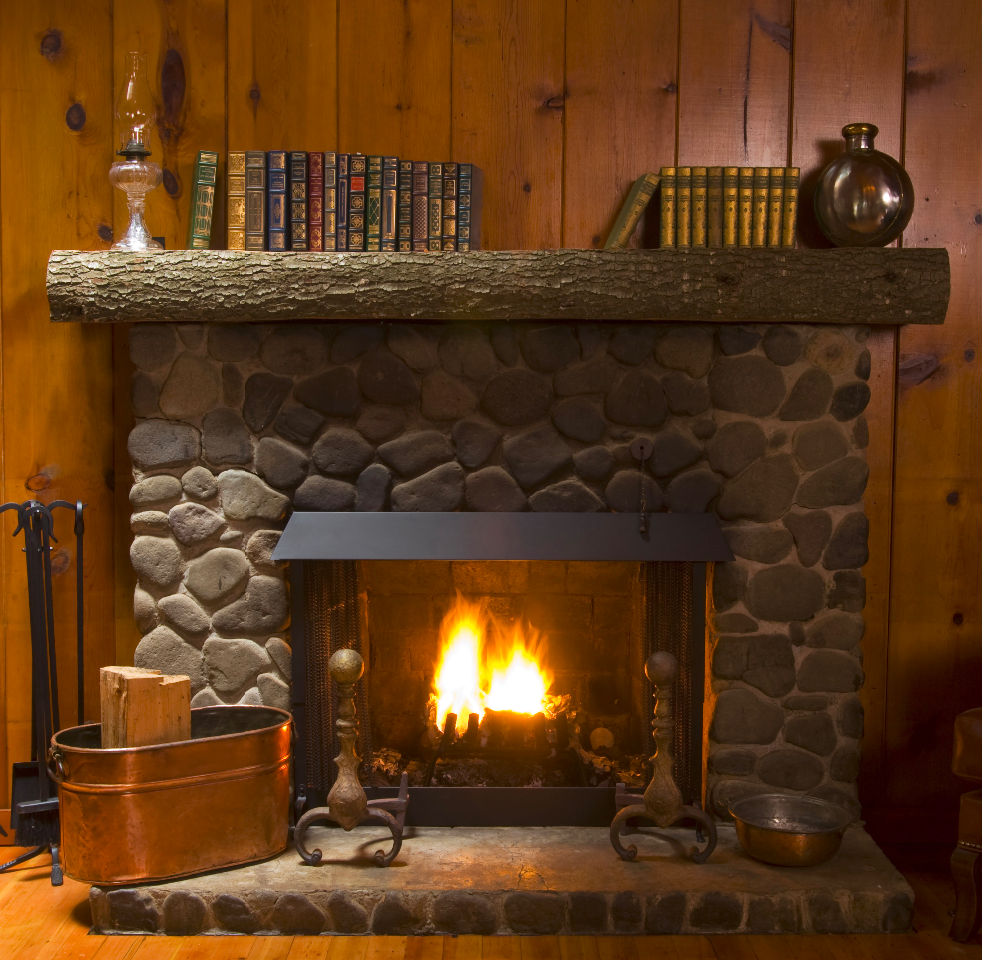Nothing is cozier than unwinding on the sofa on a winter night as you enjoy the warmth of your fireplace. But before you “fire it up,” here are a few things to know about setting up your fireplace for fall and winter.
Schedule an Inspection Every Year
At the bare minimum, it’s important to have your chimney inspected and cleaned by a professional company once a year. A thorough cleaning gets rid of creosote buildup, which refers to an oily and flammable burnt wood residue. This step helps to protect your home and ensures that your fireplace functions at its best.
Spot Signs of Cracks and Damage
Another way to prepare your fireplace for fall and winter is by checking for signs of cracks or other damage. Look for unstable joints, as well as any external damage to the masonry. Then, work with a professional mason to fix the issues. It’s not a good idea to DIY chimney and fireplace repairs. It shouldn’t be repaired with an ordinary mortar either, since the blend won’t withstand high levels of heat.
Check the Chimney Cap and Damper
How do you make sure that the chimney cap and damper are still working properly? The first thing to do is to determine if the cap is attached firmly to the unit. If there’s no dirt or debris buildup or any pests in the chimney, that’s a good sign. For the damper, check if it opens and closes the way it’s supposed to.
Clean the Firebox and Ashes
Your firebox needs a thorough cleaning as well. First, you’ll need to remove anything you find inside the firebox, and also make sure the coals have cooled down completely. Then, remove the ash through a powerful vacuum. Store the ash inside a sealed metal container in case you want to recycle it.
You can keep a small amount of ash to help you start a fire more easily. But other than that, ash has several purposes. You can use it as an alternative backyard fertilizer, in compost piles or garden beds, as an ice dissolver and even a fireplace door cleaner.
Get Rid of Limbs
It’s lovely to live in a home that’s surrounded by greenery, but overhanging tree limbs can cover your chimney. If that’s the case, it’s best to trim them. Tree limbs can block the chimney draft and spoil the cap.
How to Set Up a Gas-Burning Fireplace
Clean the Blower
Does your gas-burning fireplace have a blower? If so, it needs to be cleaned before the colder seasons. Because they don’t have an efficient filtering system, they’re prone to buildup. For instance, dust buildup won’t only cause wear-and-tear on the bearings, but will also stop the motor from cooling properly. The last thing you want to happen is a motor failure, which requires a costly repair.
Replace the Batteries
A gas-burning fireplace needs a regular battery replacement. For the best performance, take care of this before each season on your remote, transmitters and receivers, as well as smoke and carbon monoxide detectors.
Preparing your fireplace for fall and winter is essential. It can improve the air quality of your home and keep it warm and cozy, save more energy and even prevent house fires.
